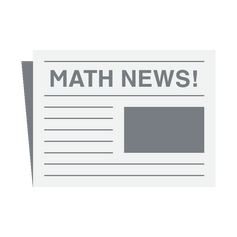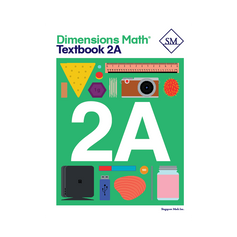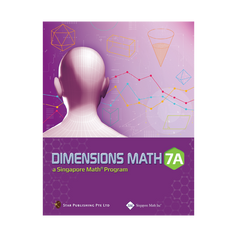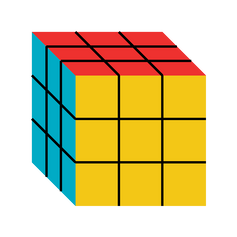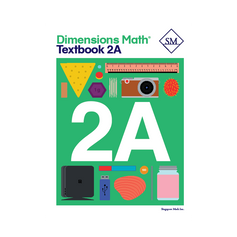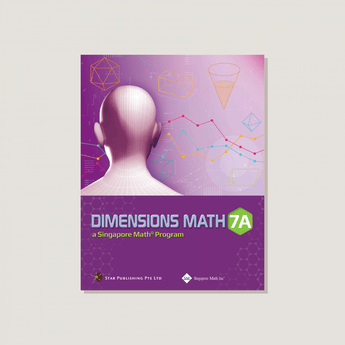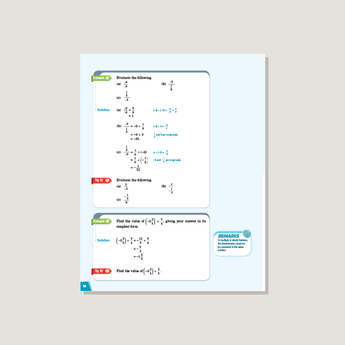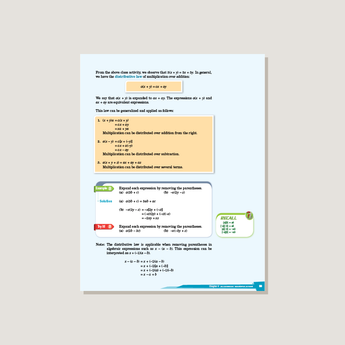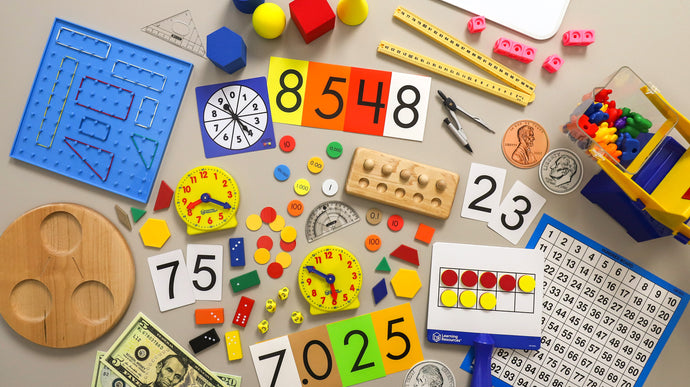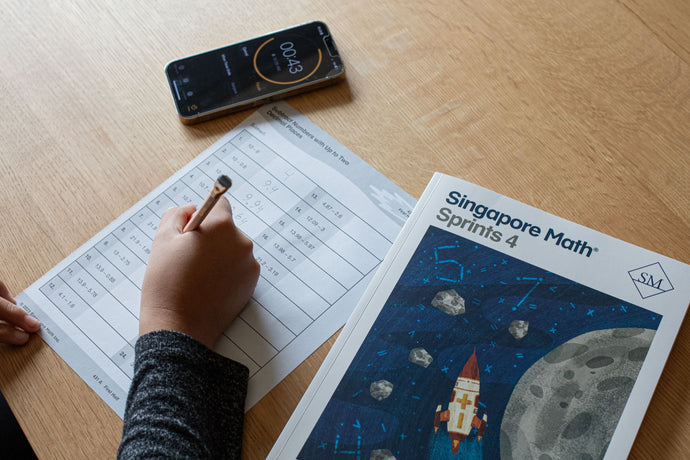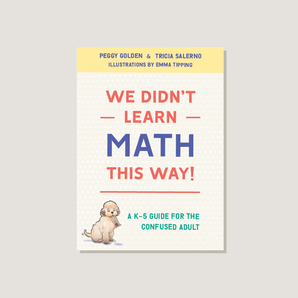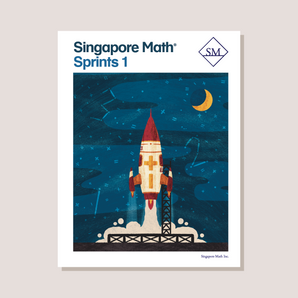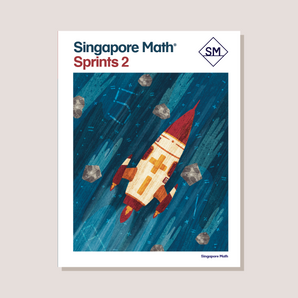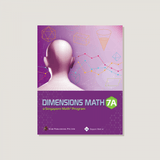

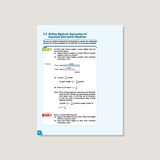
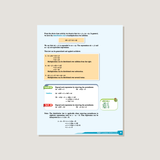
SKU: DMT7A
Dimensions Math Textbook 7A
$28.00 USD
.
/
Shipping calculated at checkout.
Description
Textbooks provide a systematic and well-rounded approach to middle school math. Chapters engage students in a variety of ways, from different levels of problem solving to real world application of math topics. The goal of the textbooks is to facilitate understanding and internalization of concepts, and to instill a curiosity to further explore math.
Features & Components:
- Chapter Opener:Introduces the topic through real world application and identifies learning objectives.
- Example: Helps students understand a concept through a worked problem.
- Try It!: Gives students an opportunity to answer a similar question to check how well they have grasped the concept.
- Basic Practice: Provides simple questions that involve the direct application of concepts.
- Class Activities: Introduce new concepts through cooperative learning methods.
- In a Nutshell: Consolidates important rules and concepts for quick and easy review.
- Further Practice: Provides more challenging questions that involve the direct application of concepts.
- Math@Work: Provides questions that involve the application of integrated concepts to practical situations.
- Brainworks: Provides higher-order thinking questions that involve an open-ended approach to problem solving.
- Review Exercise: Gives students the opportunity to apply the concepts learned in the chapter through a variety of integrated questions.
- Extend Your Learning Curve: Extends and applies concepts learned to problems that are investigative in nature and engages the students in independent research.
Details
SKU:
DMT7A
ISBN:
9789814431729
Grade:
7
Pagecount:
231
Dimensions:
8.5 x 11 x 0.75 in
Binding:
Standard
Color:
Color
Cover:
Soft
Perforated:
No
Look Inside
How to use
A & B Books:
Required Components:
Answer Key:
Located in corresponding Teaching Notes and Solutions







